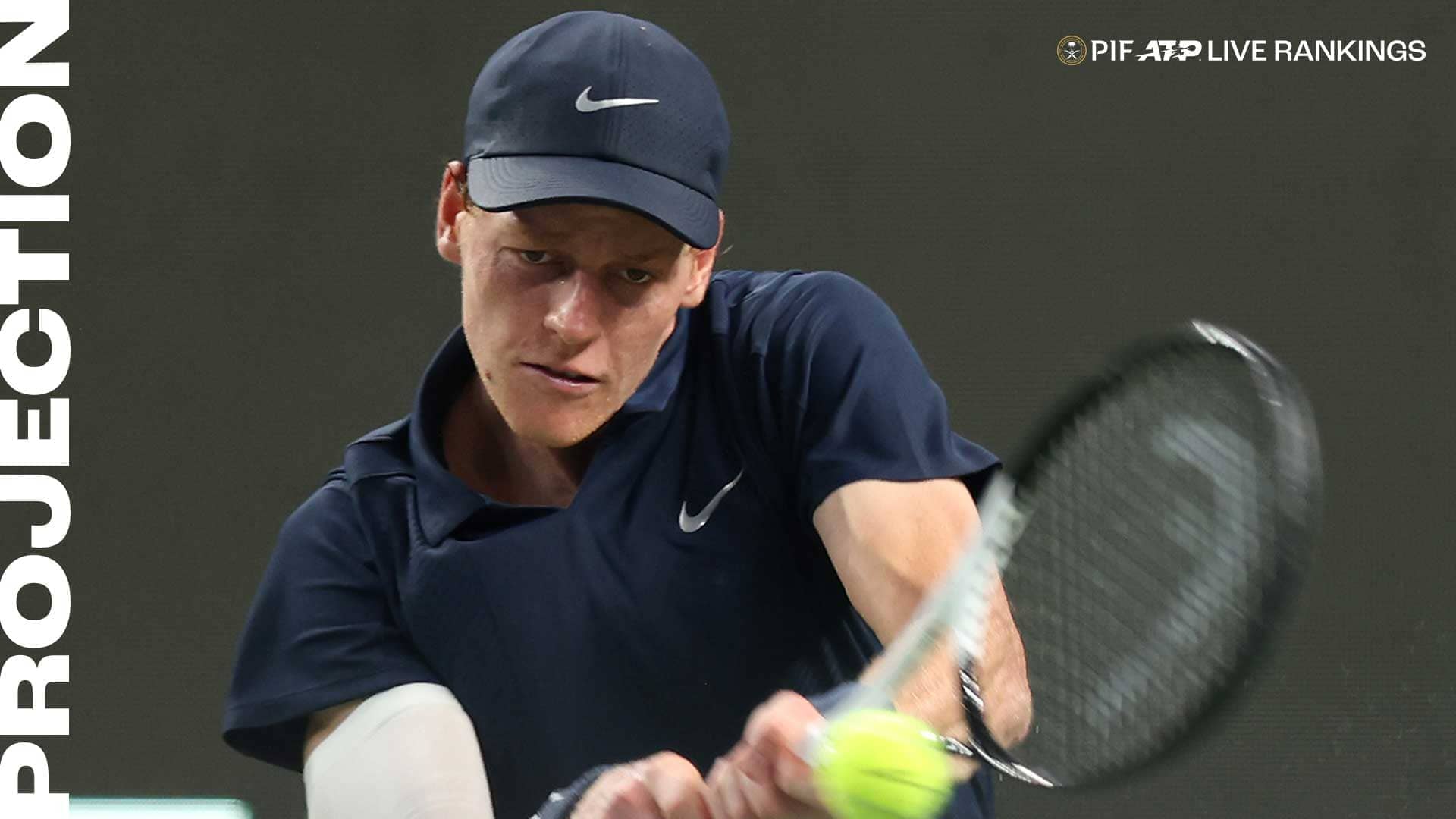
All week, the story in Shanghai hasn’t just been the tennis — it’s been the heat. A relentless wave of humidity has swept through southern China, turning every match into a test of endurance as much as skill. What began as a Masters 1000 has felt, at times, like a survival contest. Those who made it to the quarterfinals did so through their adaptiveness and stubborn will. Now, as the city braces for another final on Saturday, October 11, the semifinalists prepare to face each other in testing conditions once again.
While more than 800 kilometers separate China’s two southern tennis hubs during Golden Week — the national seven-day holiday when domestic consumption soars — both Wuhan and Shanghai have endured temperatures climbing past 30°C. The oppressive heat has drained top-level draws that many expected to dominate the later stages of the tournaments.
On one side was Jannik Sinner, who unexpectedly retired in the third round against the Dutchman Tallon Griekspoor, world No. 31. The Italian — widely expected to reach yet another final in his race for the No. 1 spot with Alcaraz — was struck by severe cramps in his right thigh. Combined with Shanghai’s sauna-like heat, it proved too much for him to continue. After more than two and a half hours in 35 °C conditions, he was forced to withdraw in the deciding set. An impactful image that resumed his tournament was him using his racket as a crutch as he limped off the court.

A similar scene unfolded in Wuhan, where Emma Raducanu was forced to retire under punishing conditions — 31 °C heat and 67% humidity. The Briton was trailing Ann Li 6–1, 6–1 when play was halted for a medical check on her blood pressure. Moments later, she walked off the court, citing dizziness.
Many for this have blamed the ATP for lacking what both the Grand Slams and the WTA already enforce: extreme-heat policies designed to protect players from dangerous weather conditions that can force them out of competition. Tennis remains a sport where standards are far from unified, a reality that, as The Guardian’s Tumaini Carayol notes, stems from governing bodies ‘protecting their own interests’. If the sport truly wants to present itself as consistent and player-focused, this week’s events in China suggest that systemic change is long overdue.
As much as the heatwave posed a serious obstacle for many players, tennis is, after all, a summer sport — high temperatures come with it. We’ve seen them peak at the Australian Open, Wimbledon and the US Open. Yet what unfolded in Shanghai this week demanded something extraordinary — and special praise belongs to the greatest of them all, Novak Djokovic. Even he wasn’t spared of the brutal toll the heat can take on a body returning serves at 200 kilometers per hour.
Djokovic vomited in two consecutive matches, visibly shaken by the conditions. Against Jaume Munar, he vomited twice and fell to the ground for about a minute — at one point appearing close to giving up. But legends rarely back down. At 38 years old, helped briefly by a doctor and cleared to continue after a vital check, he somehow summoned the strength to prevail 6–3, 5–7, 6–2 over the 28-year-old Spaniard. Two days later, on Thursday, October 9, Djokovic marched on to secure his 10th Shanghai Masters semifinal. When asked afterwards how it felt, his answer was as raw as it was human: ‘I was just trying to stay alive in the court’.
The other quarterfinals unfolded in equally punishing conditions — a battle of sweaty bodies and stubborn minds. Arthur Rinderknech defeated Félix Auger-Aliassime 6–3, 6–4 to reach his first-ever Masters 1000 semifinal, delivering a clean, first-strike performance in which his superiority at the net gave him the upper hand. Though there were no medical timeouts, the oppressive heat clearly favoured Rinderknech’s quick-point strategy, rewarding those who could end rallies fast.
Meanwhile, Daniil Medvedev faced Alex de Minaur in what promised to be one of the most gruelling duels of the tournament. In the end, the Russian prevailed 6–4, 6–4, advancing to his first Shanghai semifinal since lifting the title in 2019. Medvedev played with intelligence, saving his best shots for the closing moments of each set and mixing in timely net approaches to secure key points. Even so, the sauna-like humidity took its toll — he required a medical timeout for cramping midway through the match, another reminder of how extreme the conditions have been all week.
Finally, the biggest surprise of the quarterfinals came from Valentin Vacherot, the Monegasque ranked world No. 204, who stunned Holger Rune in a three-set battle — 2–6, 7–6(4), 6–4. Rune missed his chances in the second-set tiebreak, while Vacherot showed remarkable composure in the pressure moments of what has been a breakthrough week in spite of luckily playing Griekspoor instead of Sinner in the Round of 16.
But what makes Vacherot’s story even more captivating is not just his arrival in a Masters 1000 semifinal, but the possibility of an all-family final. His cousin, Arthur Rinderknech, is on the opposite side of the draw and the idea of a ‘family affair’ final has captured the imagination of fans and media alike.
Tomorrow, Novak Djokovic will face Vacherot in the afternoon session at 10:30 a.m. EST, followed by Daniil Medvedev against Rinderknech in the night session at 1:30 p.m. EST — a schedule that could deliver either a cousin showdown or perhaps Djokovic’s last Masters 1000 final.